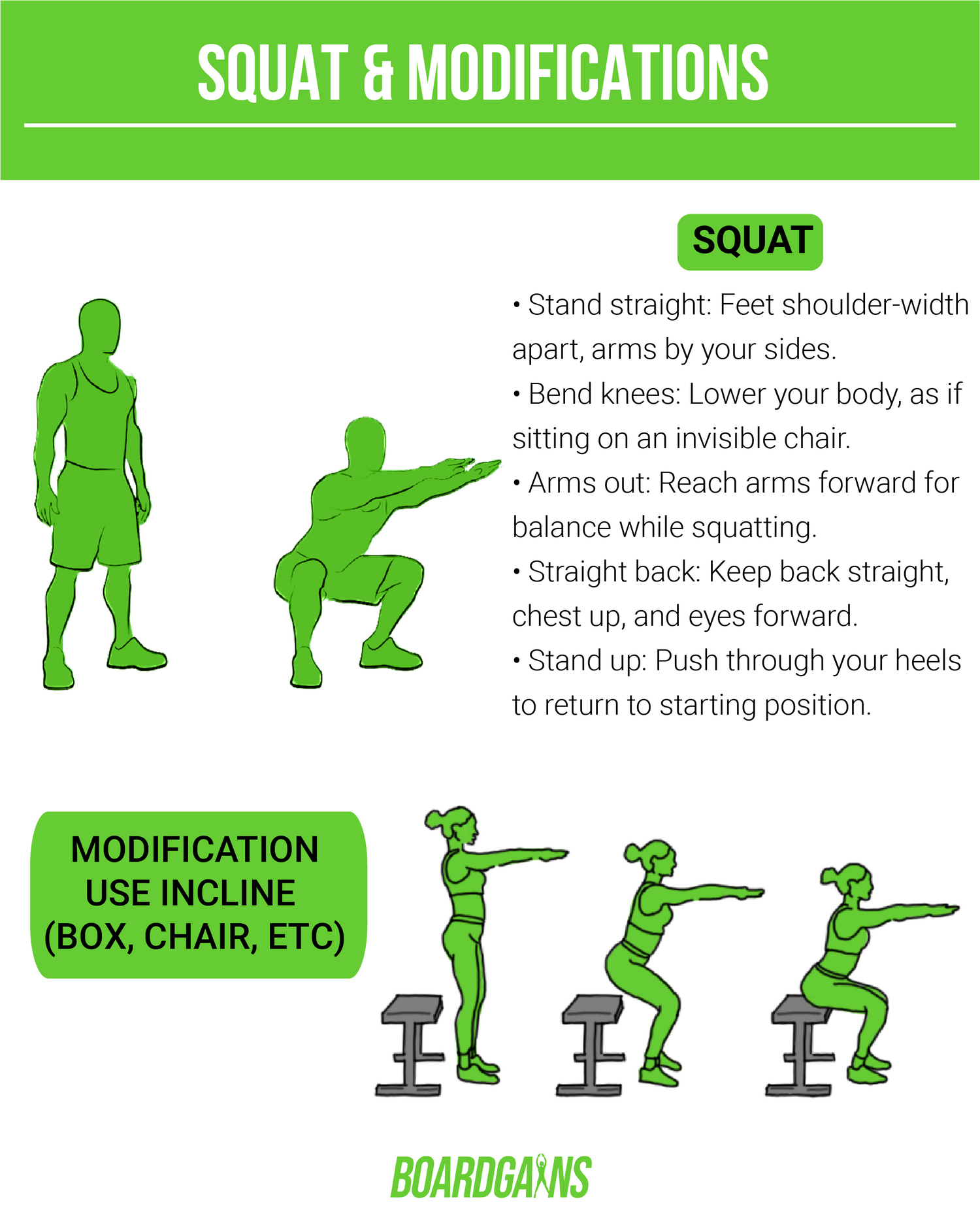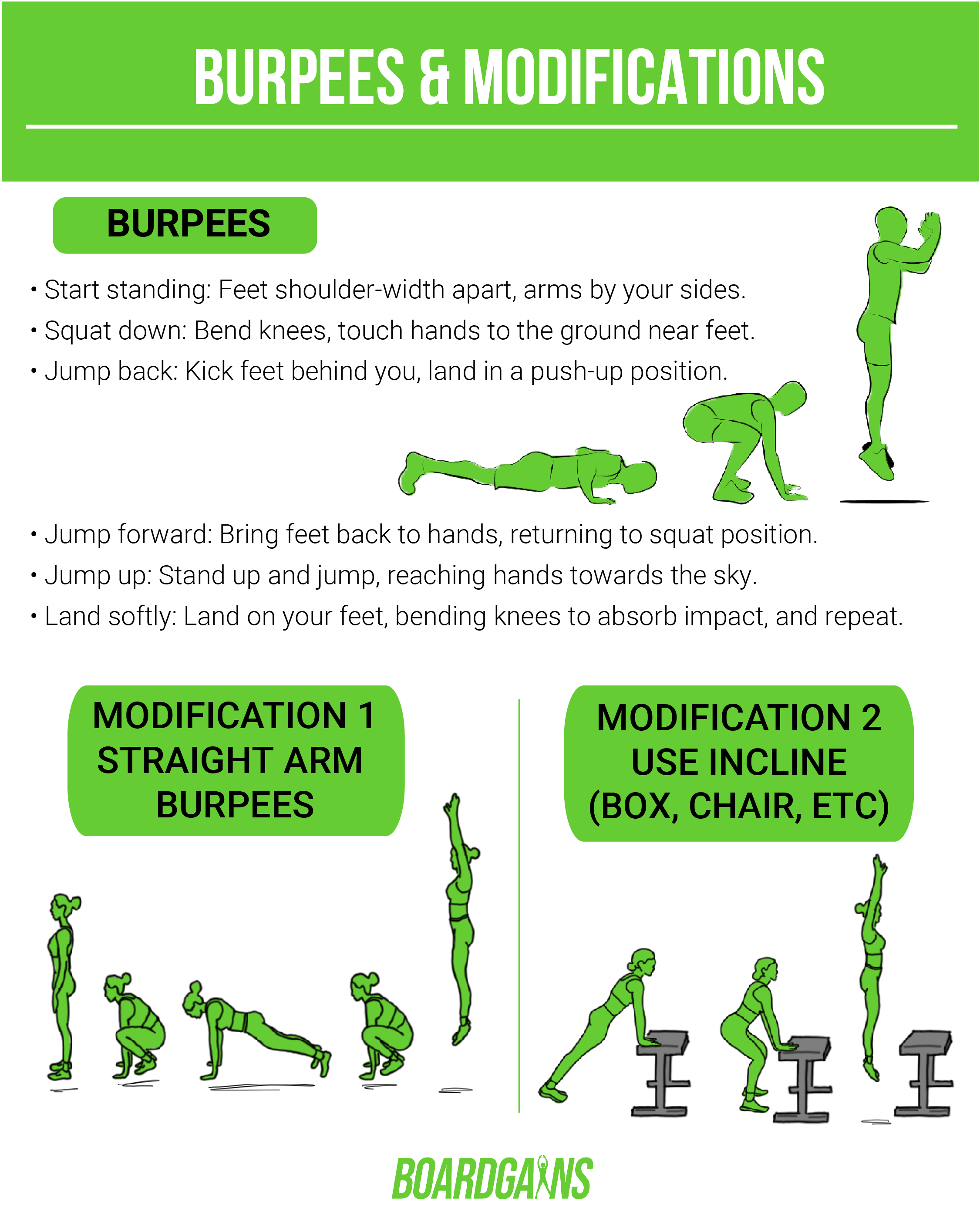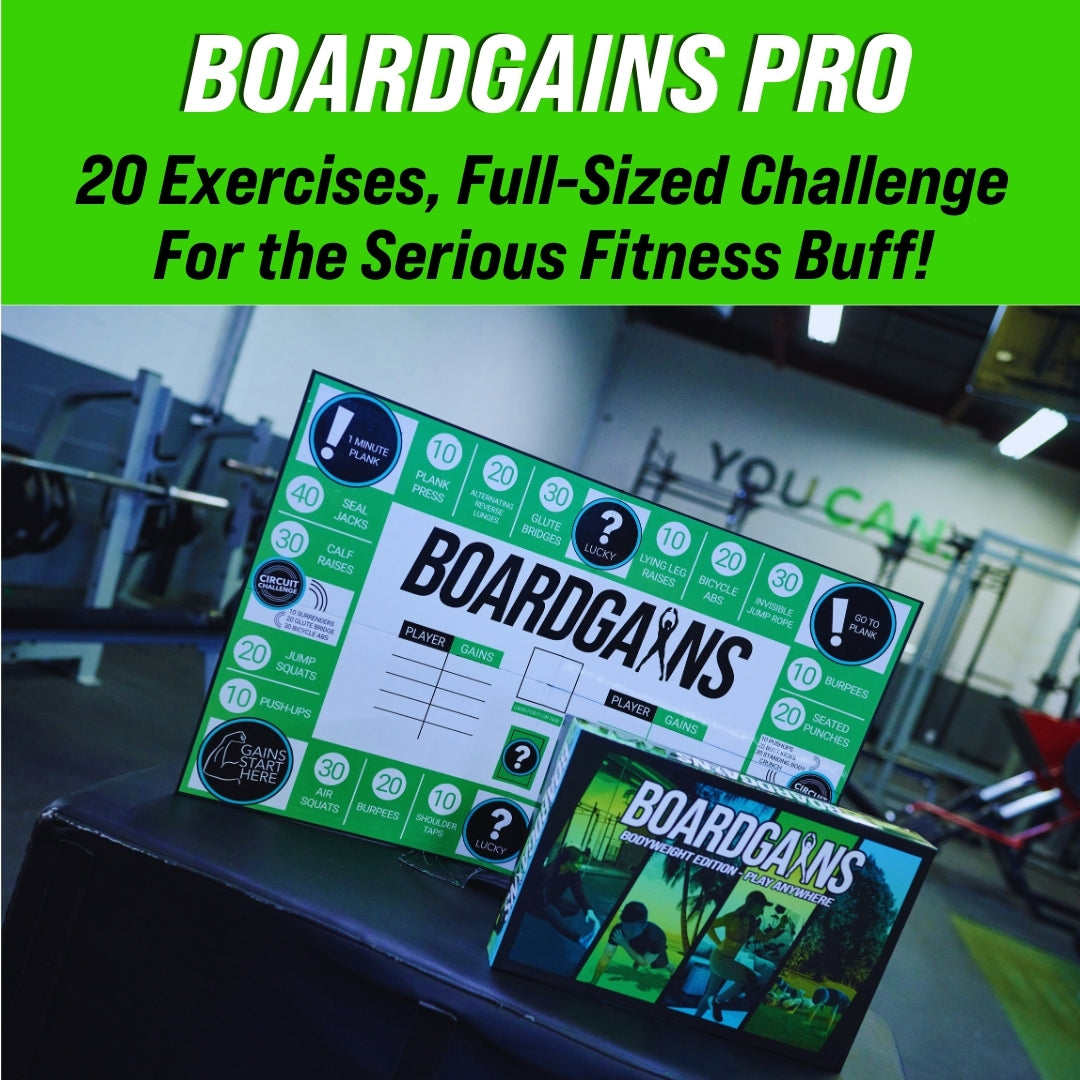Introduction to Squats
Squats are a compound exercise that involves movement in multiple joints and muscles. The primary muscles targeted during squats are the quadriceps, glutes, and hamstrings. Squats also engage the core, calves, and lower back muscles.
Squats are a versatile exercise that can be done with or without weights. They can be modified to suit various fitness levels and goals, making them an ideal exercise for anyone looking to improve their lower body strength, mobility, and balance.
Muscles Worked During Squats
As mentioned earlier, squats primarily target the quadriceps, glutes, and hamstrings. Here's a breakdown of the muscles worked during squats:
-
Quadriceps: The quadriceps are a group of four muscles located in the front of the thigh. They are responsible for extending the knee joint and straightening the leg.
-
Glutes: The glutes are the muscles in your buttocks that help in hip extension and stabilization of the pelvis.
-
Hamstrings: The hamstrings are a group of three muscles located in the back of the thigh. They are responsible for bending the knee joint and flexing the leg.
-
Core: The core muscles play a crucial role in stabilizing the spine and maintaining proper form during squats.
-
Calves: The calf muscles work to stabilize the ankle joint during squats.
Benefits of Squats
Squats offer a multitude of benefits beyond building lower body strength. Here are some of the advantages of incorporating squats into your fitness routine:
-
Increases Lower Body Strength: Squats are an effective way to build lower body strength, especially in the quadriceps, glutes, and hamstrings.
-
Improves Balance and Coordination: Squats require a degree of balance and coordination, which improves with practice. Strong legs and improved balance help reduce the risk of falls and injuries.
-
Enhances Athletic Performance: Squats can improve athletic performance by increasing lower body strength, power, and explosiveness.
-
Boosts Metabolism: Squats are a compound movement that engages multiple muscle groups. This leads to an increased metabolism and calorie burn.
-
Improves Posture: Squats can improve posture by strengthening the muscles of the lower back, hips, and core. Better posture leads to less strain on the spine and reduced risk of injuries.
Common Squat Mistakes
Improper form during squats can lead to injuries and reduce the effectiveness of the exercise. Here are some common mistakes to avoid while performing squats:
-
Not keeping the chest up: One of the most common mistakes people make during squats is allowing their chest to collapse forward. This puts unnecessary stress on the lower back and makes it difficult to maintain proper form.
-
Not squatting low enough: Squat depth is essential for targeting the right muscles and achieving optimal results. Failing to squat low enough can limit the range of motion and reduce the effectiveness of the exercise.
-
Allowing the knees to cave in: Knee valgus, or allowing the knees to cave in, can put undue stress on the knees and lead to injuries over time.
-
Not engaging the core: Engaging the core is crucial for maintaining proper form during squats. A weak core can lead to poor posture and reduced stability, which increases the risk of injury.
-
Rounding the back: Rounding the back during squats puts undue stress on the lower back and can cause pain and injury.
Proper Squat Form
Proper form is essential for maximizing the benefits of squats while reducing the risk of injury. Here's a step-by-step guide to proper squat form:
Feet Position
-
Stand with your feet shoulder-width apart, toes pointing slightly outward.
-
Ensure that your weight is evenly distributed across both feet.
-
Keep your heels firmly planted on the ground throughout the movement.
Back Position
-
Engage your core by pulling your belly button towards your spine.
-
Keep your chest up and your shoulder blades pulled back.
-
Keep your back straight throughout the movement.
Depth of Squat
-
Lower your body by bending at the hips and knees.
-
Keep your knees in line with your toes and your weight on your heels.
-
Lower your body until your thighs are parallel to the ground or lower.
Breathing Technique
-
Inhale as you lower your body.
-
Exhale as you stand up.
-
Take deep, controlled breaths throughout the movement.
Squat Variations
Squat variations offer a way to target different muscles, add variety to your workout routine, and keep your body challenged. Here are some popular squat variations:
Front Squats
Front squats place more emphasis on the quadriceps and core. The barbell is held across the front of the shoulders, with the elbows pointing forward.
Back Squats
Back squats are a classic squat variation that places more emphasis on the glutes and hamstrings. The barbell is placed across the upper back, and the hands grip the barbell outside the shoulders.
Overhead Squats
Overhead squats are a challenging squat variation that targets the shoulders, core, and legs. The barbell is held overhead, with the arms fully extended.
Goblet Squats
Goblet squats are a beginner-friendly squat variation that targets the quads, glutes, and core. A dumbbell or kettlebell is held at chest height.
Bulgarian Split Squats
Bulgarian split squats are a single-leg squat variation that targets the glutes and quads. The back foot is elevated on a bench or box.
Pistol Squats
Pistol squats are a challenging single-leg squat variation that requires a lot of balance and strength. The non-working leg is extended straight out in front of the body.
Sumo Squats
Sumo squats are a wide-stance squat variation that targets the inner thighs and glutes. The feet are placed wider than shoulder-width apart, with the toes pointing outward.
Incorporating Squats into Your Workout Routine
Squats can be incorporated into your workout routine in various ways. Here are some suggestions:
-
Include squats as part of your leg day workout.
-
Add squats to your full-body workout routine.
-
Start with bodyweight squats and gradually increase the resistance.
-
Alternate between different squat variations to keep your body challenged.
Tips for Maximizing Squat Benefits
Here are some tips to help you get the most out of your squat workout:
-
Focus on proper form and technique.
-
Gradually increase the resistance to avoid injuries.
-
Incorporate squat variations to target different muscles.
-
Take adequate rest between sets and workouts.
-
Combine squats with other exercises for a complete lower body workout.
Conclusion
Squats are a versatile exercise that targets multiple muscles in the lower body. Proper form and technique are crucial for maximizing the benefits of squats while minimizing the risk of injury. Squat variations offer a way to target different muscles, add variety to your workout routine, and keep your body challenged. By incorporating squats into your workout routine, you can improve your lower body strength, balance, and posture.
FAQs
-
Can squats help me lose weight?
Squats can help you lose weight by increasing your metabolism and burning calories. However, weight loss also depends on your diet and overall activity level.
-
How often should I do squats?
The frequency of squats depends on your fitness level, goals, and workout routine. It's generally recommended to do squats at least 2-3 times per week.
-
Can squats help with knee pain?
Squats can help alleviate knee pain by strengthening the muscles that support the knee joint. However, it's essential to use proper form and technique to avoid exacerbating the pain.
-
Are squats safe during pregnancy?
Squats can be safe during pregnancy, but it's crucial to consult with your doctor before starting any new exercise routine.
-
Can I do squats without weights?
Yes, squats can be done without weights using only your body weight as resistance.









Leave a comment
This site is protected by hCaptcha and the hCaptcha Privacy Policy and Terms of Service apply.